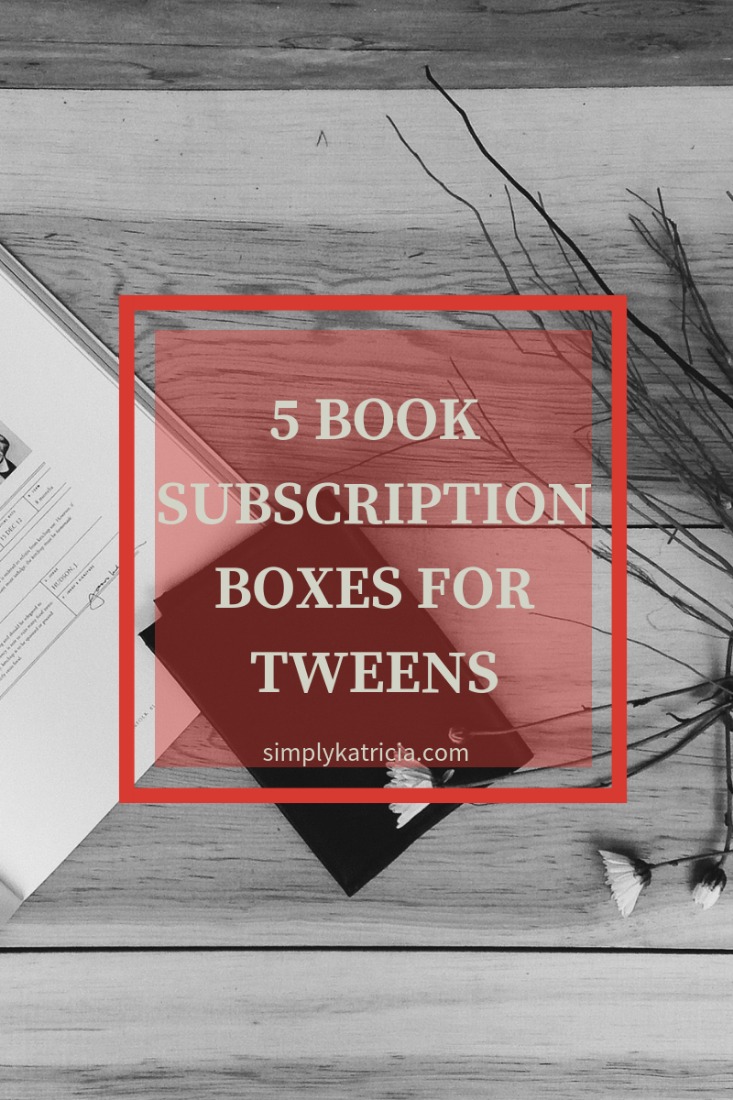Why Personalization Transforms Early Reading
Children lean in when a story speaks directly to them—when the hero shares their name, their hairstyle, their hometown, or even their favorite pet. That moment of recognition transforms a page into a mirror, turning reading from passive consumption into an active, identity-affirming adventure. With personalized books for kids, the narrative is calibrated to a child’s world, which boosts attention, curiosity, and motivation to read again and again. Re-reading is not just adorable; it strengthens decoding, fluency, and comprehension through repetition that feels new each time because the story belongs to the reader.
Beyond novelty, personalization amplifies representation. Many families search for stories where diverse skin tones, cultures, languages, and abilities are depicted with authenticity. Custom children’s books make inclusion the default, allowing caregivers to choose hair textures, pronouns, holidays, and family structures—grandparents, two moms, two homes after a divorce, foster parents—so the story honors real lives. That recognition builds self-esteem, empathy, and perspective-taking, especially when a child navigates transitions like a new sibling, switching schools, or moving to a new city. When the main character “is me,” abstract lessons about resilience and kindness become embodied practice.
Personalization also supports instructional goals. By tailoring reading level, vocabulary, and sentence length, a story can meet a child at the edge of their ability—the sweet spot for growth. For emergent readers, decodable text aligned with phonics progression helps solidify letter-sound relationships. For advanced readers, rich sentence structures, figurative language, and cross-curricular topics sustain challenge. Add multisensory cues—rhythm, rhyme, predictable patterns—and even reluctant readers feel a sense of mastery. The result is a positive feedback loop: joy drives practice, practice drives skill.
Gift-giving is another powerful use case. Birthdays, holidays, new-baby welcomes, and first-day-of-school milestones become unforgettable when wrapped in a story that says, “You are the star.” Families can archive yearly editions to chronicle growth, creating a timeline of interests—from dinosaurs to space travel to ocean science—while gently scaffolding knowledge. In this way, custom children’s books become keepsakes and learning tools at once, capturing childhood while cultivating a reading habit that endures.
How AI Supercharges Creation: From Idea to Finished Book
Modern tools make it possible to create personalized kids book experiences in minutes, not months. With responsibly designed generative systems, parents and educators can input a child’s name, age, reading level, interests, cultural details, and even preferred moral themes. The system then assembles story arcs, character sets, and illustrations that align with those inputs. This is where AI children’s books shine: they match language complexity to the reader, maintain consistency across pages, and offer revisions on the fly—longer sentences for a confident reader, simpler syntax for a beginner, or bilingual text to support dual-language development.
Safety, quality, and pedagogy guide these tools when they are built well. Age-appropriate content filters prevent problematic depictions, while inclusive datasets ensure that heroes, caregivers, teachers, and communities are portrayed respectfully. Accessibility options—from dyslexia-friendly typography to adjustable contrast—support neurodiverse readers without compromising aesthetics. Because these systems can analyze patterns in how children engage (page re-reads, tricky words, most-loved scenes), they can suggest subtle tweaks that maintain narrative magic while improving skill-building, always with parent or educator oversight.
The production pipeline is similarly streamlined. Illustration styles can be tuned—watercolor gentleness for bedtime, bold comics for high-energy readers—while layouts adapt to small hands and big imaginations. Phonics-aligned word lists ensure that a five-year-old’s story scaffolds blends and digraphs they have just learned, while a seven-year-old’s book can introduce morphology, synonyms, and topic vocabulary. Enrichment features such as glossary bubbles, read-aloud audio, or end-of-chapter conversation prompts extend comprehension. For families exploring values and social-emotional learning, themes like courage, gratitude, and conflict resolution can be woven organically into the plot rather than bolted on.
Choosing the right platform matters. Curated marketplaces and dedicated studios offer robust libraries of templates and themes that can be re-shaped without feeling cookie-cutter. Explore personalized storybooks for children that let a shy learner become the astronaut hero, a budding scientist lead a coral reef rescue, or a sibling pair navigate the first day at a new school together. When design, pedagogy, and creativity converge, personalization stops being a gimmick and becomes a catalyst for literacy growth—and for delight.
Sub-Topics and Real-World Examples: Classrooms, Bilingual Homes, and Neurodiverse Readers
Consider a composite classroom of second graders with a wide skill range. Standard texts risk leaving some readers behind while boring those who are ready for more. A collection of personalized books for kids lets the teacher anchor a shared theme—weather, ecosystems, folktales—while giving each child a tailored reading experience. One student’s book might use shorter lines, stronger picture cues, and high-frequency words; another might introduce cause-and-effect structures and compare-and-contrast language. Guided reading groups benefit as children discuss the same big ideas with texts that fit them like a glove.
In bilingual homes, personalization carries special power. Families can set a dominant language at the start and then toggle page-by-page bilingual captions to support code-switching. For a child named Maya who is developing literacy in Spanish and English, a story about abuela’s garden can alternate descriptive vocabulary—colores, aromas, texturas—while maintaining rhythm in both languages. Parents can choose cultural details like foods, holidays, and idioms so the narrative supports identity as well as language growth. These design choices ensure that AI children’s books function as cultural bridges, not just translation exercises, deepening comprehension and pride.
Neurodiverse readers often benefit from clear layouts, consistent visual cues, and predictable story structures. Personalization can gently reduce cognitive load: fewer characters on a page, more white space, or visual schedules embedded into the plot (first-then-next-finally). A book about visiting the dentist can include the exact clinic room color, the sound of the polishing tool, and the reward token machine a child will encounter, easing anxiety through rehearsal. Likewise, an energetic child can star in a movement-forward adventure with page-turn prompts that encourage stretching, counting, or clapping—turning kinesthetic energy into engagement.
Caregivers and teachers report that children reread these stories, not because they must, but because they want to revisit their own accomplishments. A reader named Leo, fascinated by ocean life, returns nightly to a coral reef quest, building stamina and vocabulary about currents, habitats, and symbiosis. Another child, Asha, uses a bedtime story to process the arrival of a baby brother, practicing empathy through scenes she helped choose. In each case, custom children’s books meet social-emotional needs alongside literacy goals. When families and educators can swiftly create personalized kids book experiences tuned to interests, background, and ability, reading becomes a daily ritual of agency, comfort, and discovery—one story at a time.





